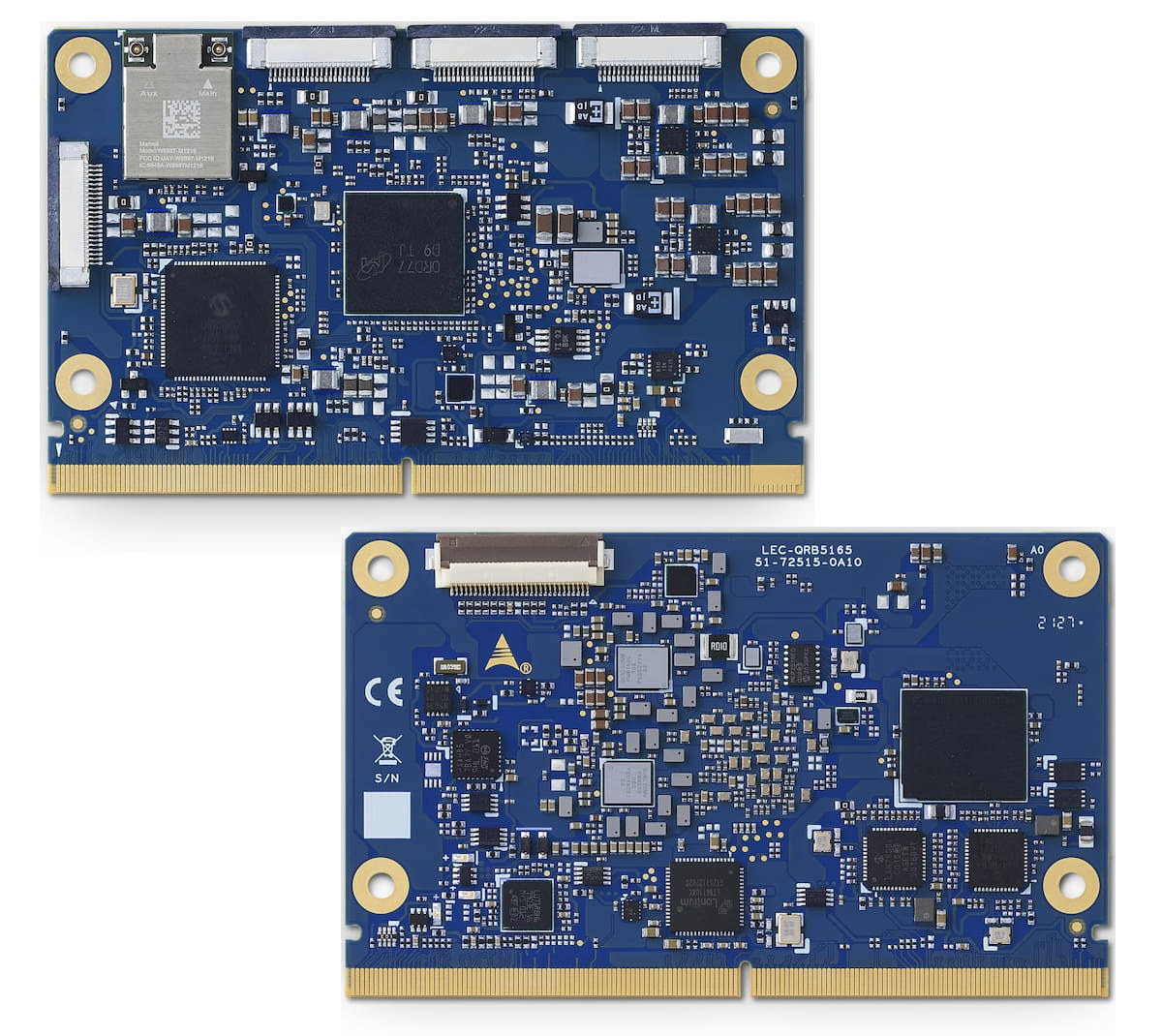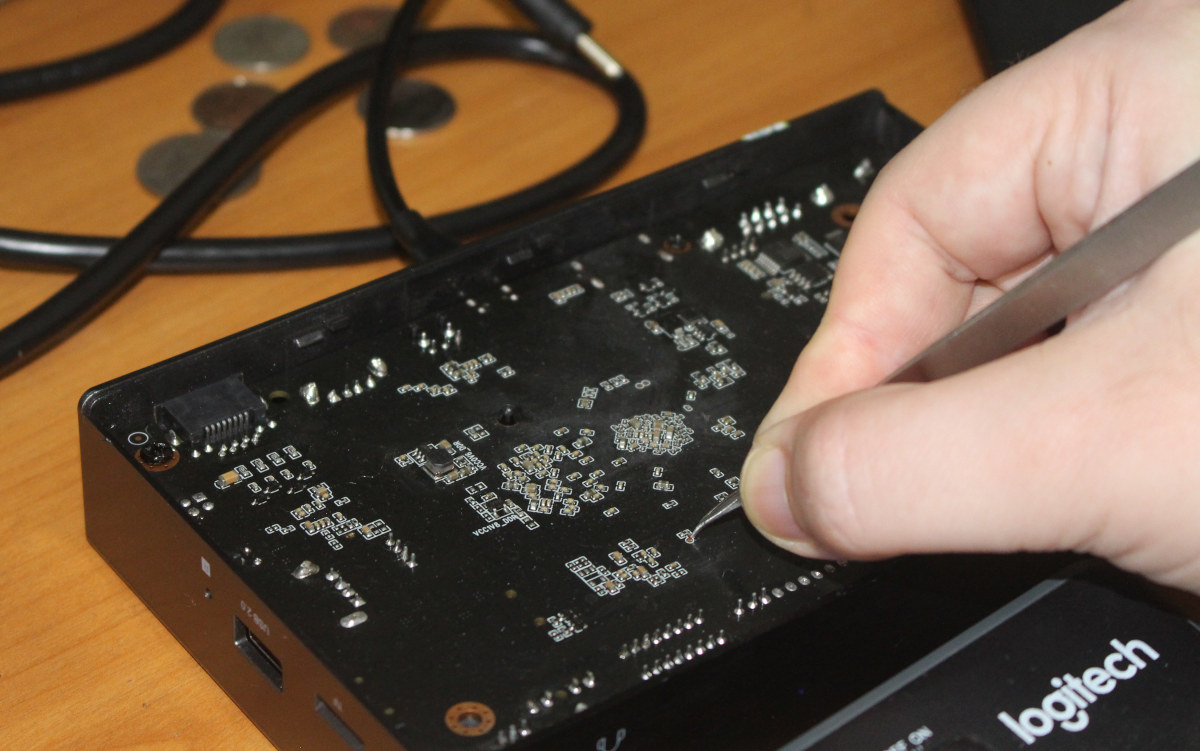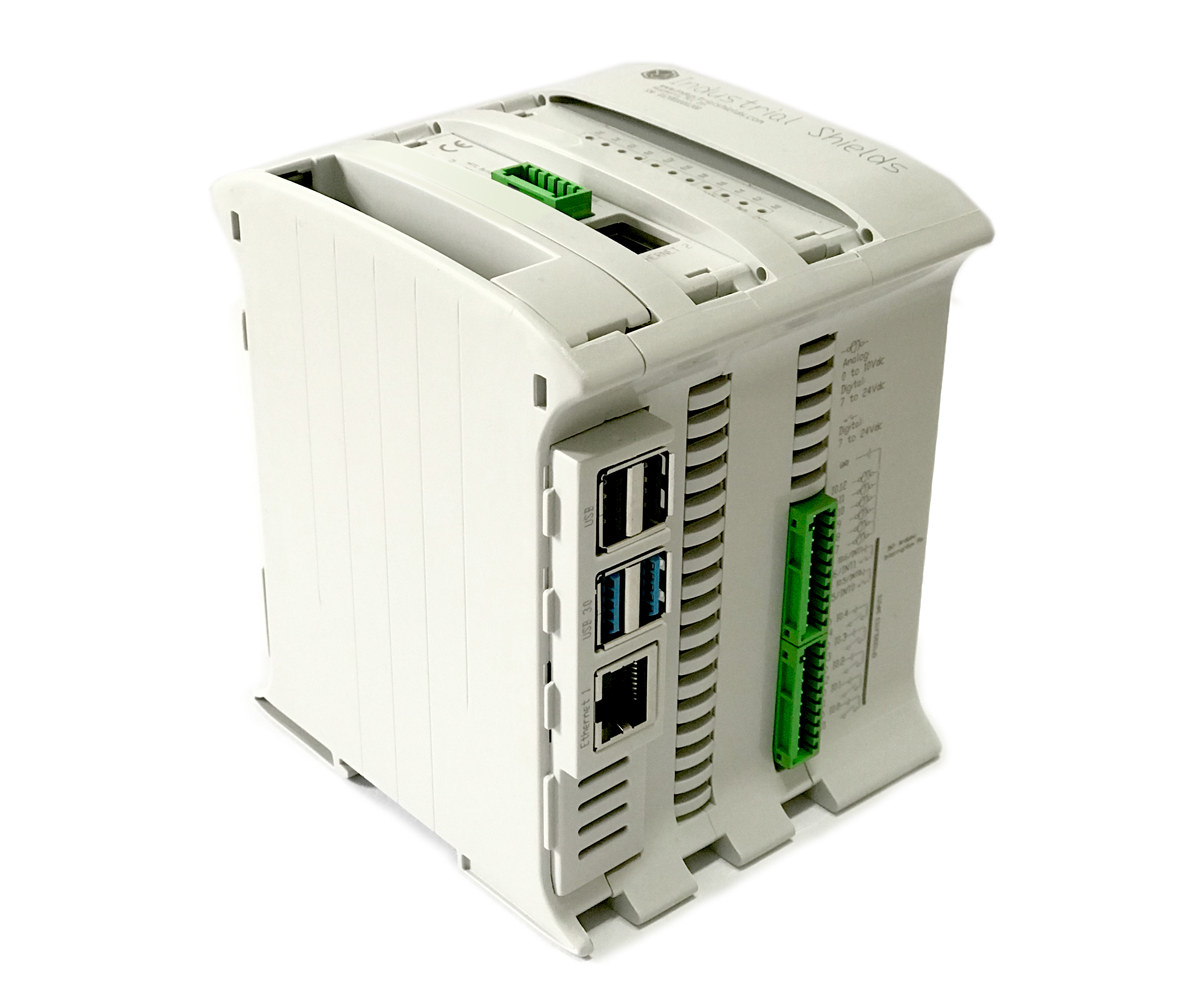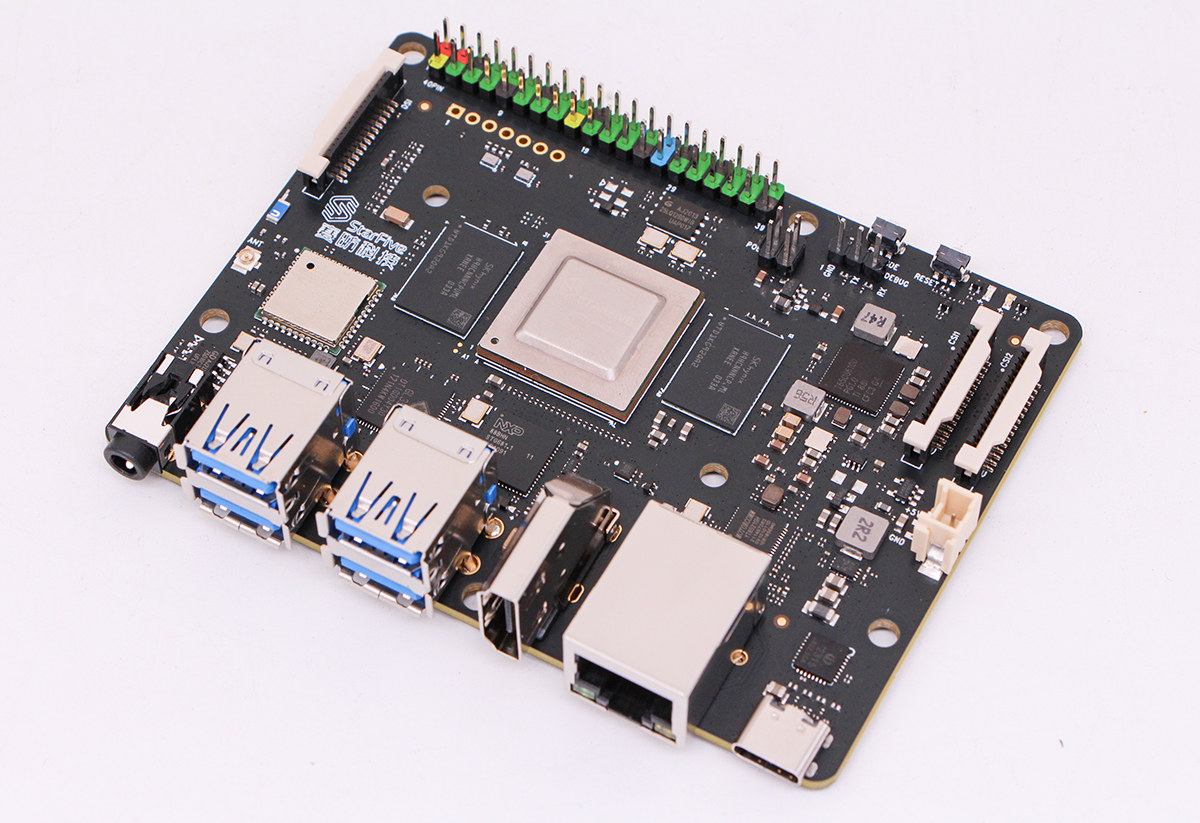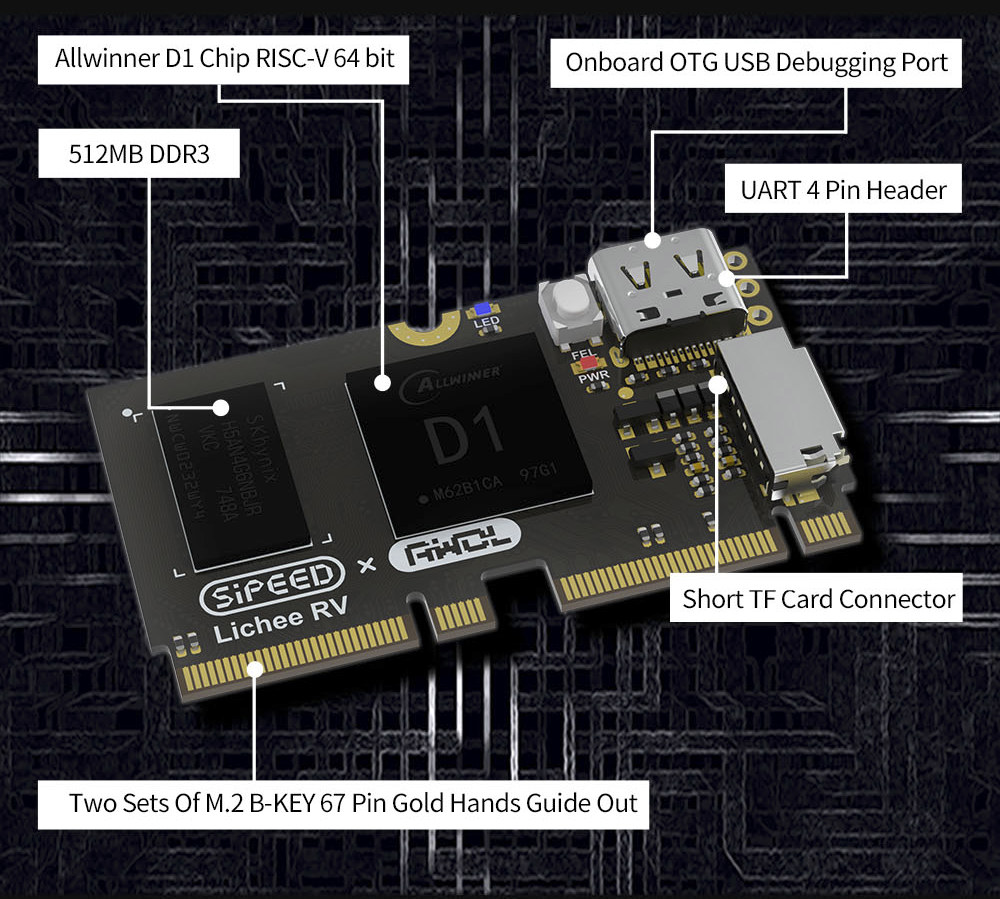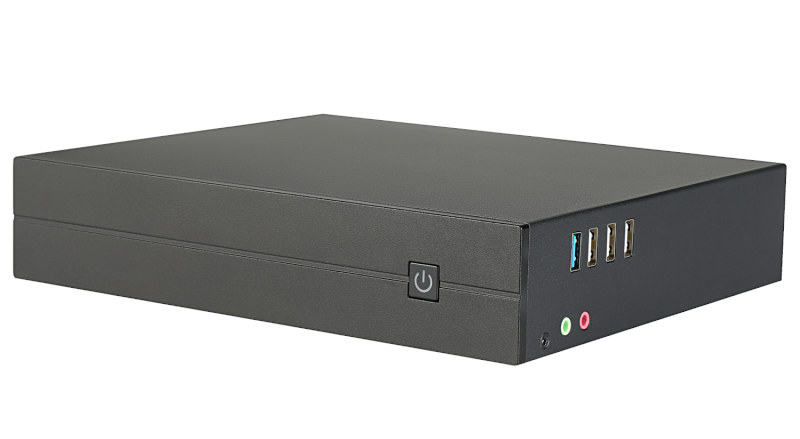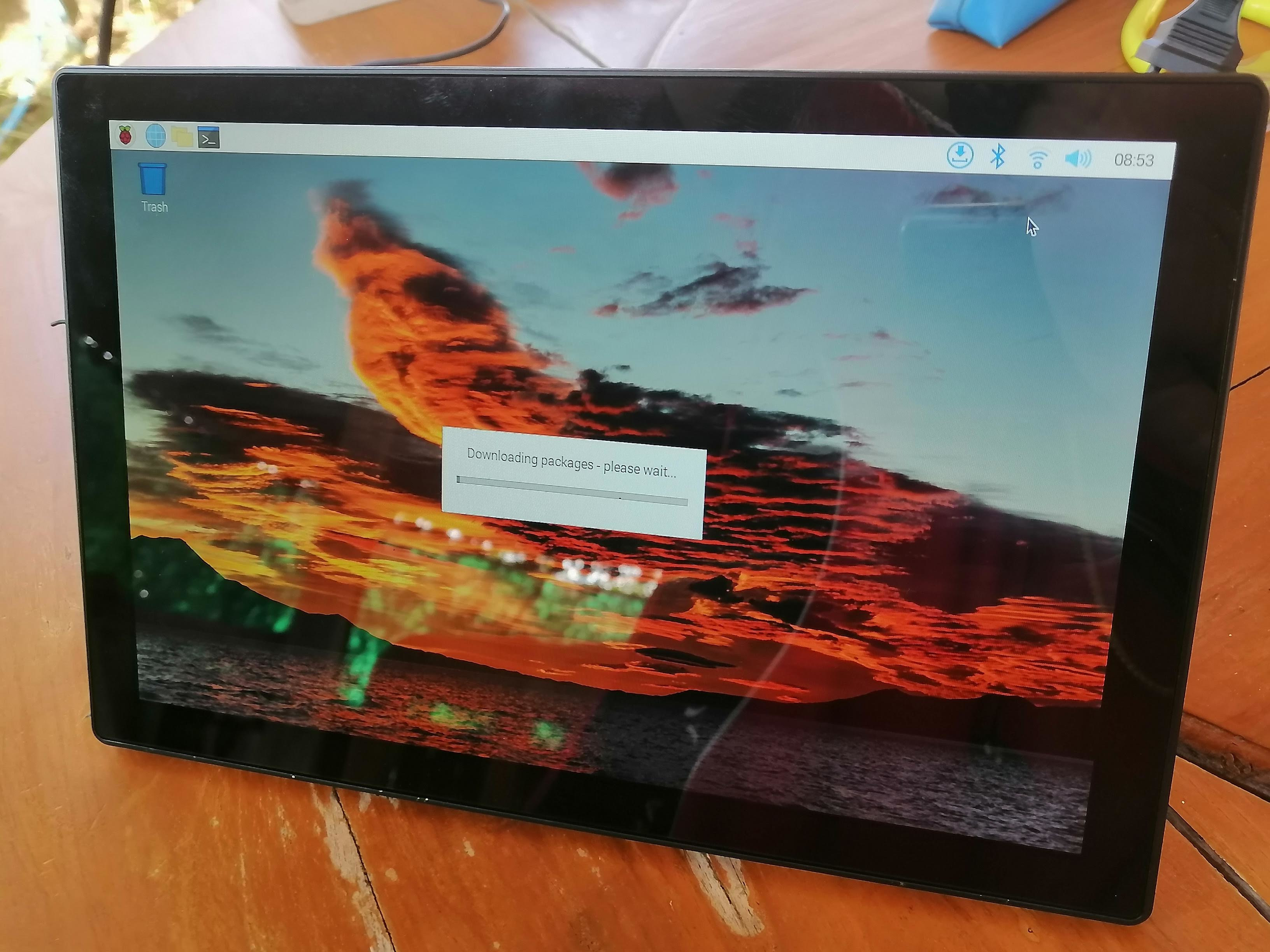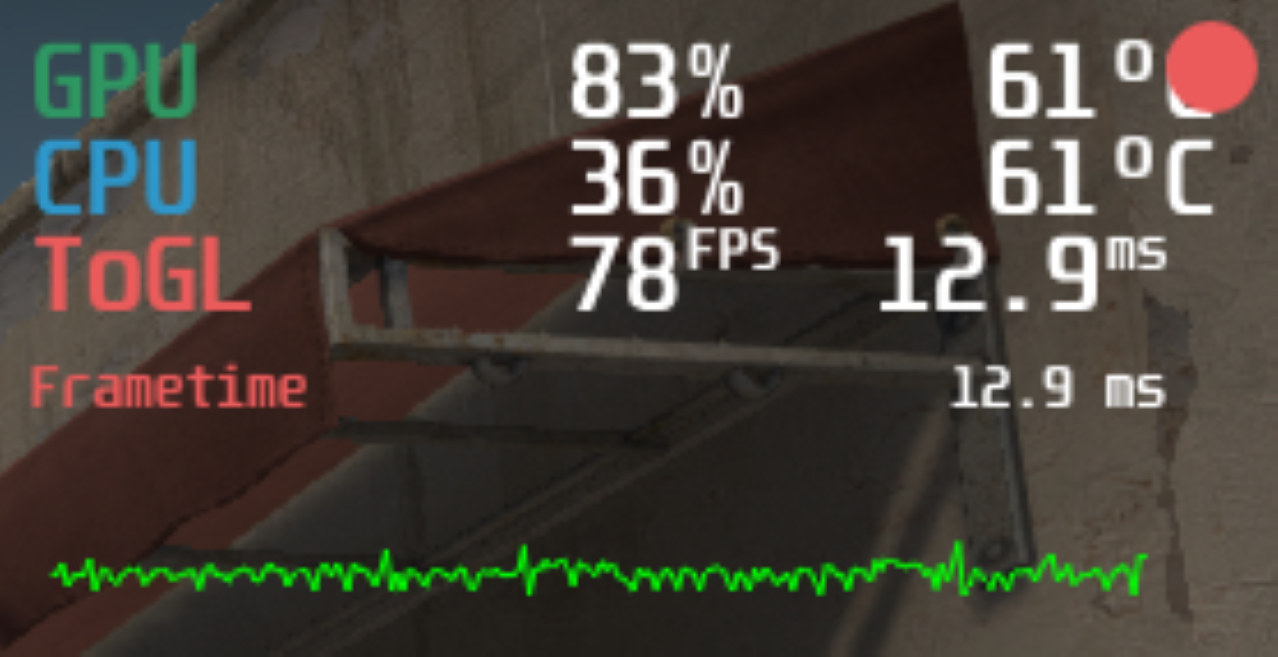ADLINK Technology LEC-RB5 is a SMARC compliant system-on-module powered by the Qualcomm QRB5165 octa-core Cortex-A77 class processor which we’ve already seen in Qualcomm Flight RB5 high-end drone reference design and Lantronix Open-Q 5165RB system-on-module designed for robotics applications. The LEC-RB5 SMARC module ships with up to 8GB PoP LPDDR4 memory, 256GB UFS storage, provides on-device artificial intelligence capabilities (up to 15 TOPS), support for up to 6 cameras, and low power consumption. The main target applications are high-end robots and drones in the consumer, enterprise, defense, industrial, and logistics sectors. LEC-RB5 SMARC SoM specifications: SoC – Qualcomm QRB5165 octa-core Kryo 585 processor with a Kryo Gold Prime @ 2.84 GHz, 3x 3 Kryo Gold @ 2.42 GHz, 4x Kryo Silver @ 1.81 GHz, Adreno 650 GPU @ up to 587 MHz, Video decode HW acceleration for H.265/HEVC, H.264, MPEG2, MVC, VC-1, WMV9, JPEG/MJPEG, VP8, VP9, video encode HW acceleration for […]
Tribulations with Linux on Zidoo M6 Rockchip RK3566 mini PC
After our review of the Zidoo M6 mini PC with Android 11, we’ve installed Linux on the Rockchip device, and we did boot to a Linux Qt user interface built with buildroot. Let’s try to see what we can do with the image, and then try Ubuntu from a competing mini PC to check out if that can work. Since there’s no package manager to install a screenshooting program, I tried to use the usual method to take a framebuffer screenshot.
|
1 |
cat /dev/fb0 > screen.raw |
It generated an 8MB file which looked good, but the content was just comprised of zeros.
|
1 2 3 4 5 6 |
$ ls -lh screen.raw -rw-r--r-- 1 jaufranc jaufranc 8.0M Nov 13 15:08 screen.raw $ hexdump screen.raw 0000000 0000 0000 0000 0000 0000 0000 0000 0000 * 07e9000 |
I asked Zidoo for a method to take screenshots in their Linux image, but I was told there weren’t any at this time… No worries, let’s try some of the applications in the Qt interface starting with the Multivideoplayer: It starts well with 9 videos of Big Buck Bunny playing simultaneously, […]
Raspberry Pi 4 PLC Industrial controller targets IIoT applications
I’ve just noticed Boot&Work Corp was now offering an “Industrial Shields” branded PLC industrial computer powered by Raspberry Pi 4 SBC. We previously covered the company in 2017 at a time when they provided Arduino-based PLC modules optionally controlled with 10.1-inch panel PCs based on ARM Linux SBCs such as Raspberry Pi or Banana Pi. The “Raspberry Pi PLC Industrial Controller” is offered with either optoisolated outputs or relay outputs, and optional GPRS connectivity. The Linux PLC is equipped with up to 36 digital inputs, 16 analog inputs, 8 analog outputs, and 6 interrupts, as well as communication interfaces such as CAN bus, up to 2x Ethernet ports, dual RS-485, WiFi, and Bluetooth. Raspberry Pi PLC Industrial Controller basic specifications: Single board computer – Raspberry Pi 4 SBC with 2GB to 8GB RAM, WiFi 5, and Bluetooth 5.0 connectivity Storage – 8GB MicroSD card Video Output – 2x Micro HDMI […]
VisionFive V1 RISC-V Linux SBC resurrects BeagleV StarFive single board computer
Last summer we reported that BeagleV StarFive RISC-V SBC would not be manufactured, but all was not lost as StarFive would collaborate with Radxa to make a new single board computer based on their JH7100 dual-core 64-bit RISC-V processor. But thanks to a report on Heise and extra photos acquired by CNX Software, we now have more details about the board that mostly comes with the same features as the BeagleV StarFive, but a completely different layout that brings all the main ports to one side of the board. VisionFive V1 specifications: SoC – StarFive JH7100 Vision SoC with: Dual-core Sifive U74 RISC-V processor @ 1.5 GHz with 2MB L2 cache Vision DSP Tensilica-VP6 for computing vision NVDLA Engine 1 core (configuration 2048 MACs @ 800MHz – 3.5 TOPS) Neural Network Engine (1024MACs @ 500MHz – 1 TOPS) VPU – H.264/H.265 decoder up to 4Kp60, dual-stream decoding up to 4Kp30 […]
Sipeed LicheeRV – A $16.90 Allwinner D1 Linux RISC-V board
Finally! There’s now a much more affordable Allwinner D1 RISC-V Linux board thanks to Sipeed LicheeRV Nezha CM SBC sold for $16.90 and up on Aliexpress, that’s much cheaper than the $100 asked for Nezha SBC, although still not incredibly cheap as we’ll see from the specifications below. Sipeed LicheeRV is actually both a board and a system-on-on-module with an edge connector, and is equipped with 512MB DDR3, a USB-C OTG port, a MicroSD card socket, and an SPI display interface. The dual M.2 edge connector can be plugged into a carrier board, and they will be a “86 Box” (86x86mm) for HMI display that can be used for home automation. Sipeed Lichee RV specifications: SoC – Allwinner D1 single-core XuanTie C906 64-bit RISC-V processor @ 1.0 GHz with HiFi4 DSP, G2D 2D graphics accelerators Memory – 512MB DDR3 memory @ 792 MHz Storage – MicroSD card slot Video – […]
Phytium D2000 ARMv8 Mini PC runs Linux, supports gaming with Box64 emulator
Dragonbox is now taking pre-orders for a “Phytium D2000 ARMv8 Mini PC” with an octa-core 64-bit Arm processor, 16GB RAM, a 512GB NVMe, and an AMD Radeon RX550 GPU that makes it powerful enough to play older PC gaming like Crysis through Box64 x86_64 emulator, the 64-bit version of Box86 x86 emulator compatible with Raspberry Pi and other 32-bit Arm platforms. If the Dragonbox name sounds familiar, it’s because that’s the community that developed the Pyra handheld Linux game console/PC, except now they are offering a mini PC based on Phytium D2000 processor based on the same FTC663 Armv8 cores as found in the earlier Phytium FT2000/4 processor, with both Pythium SoC specifically designed for desktop PCs, contrary to most other Arm SoCs on the market. Phytium D2000 mini PC specifications: SoC – Phytium D2000 ARMv8 octa-core custom Armv8 (FTC663) desktop processor @ 2.3 – 2.6 GHz with 8MB L2 […]
10.1-inch Raspberry Pi All-in-One touchscreen display review – Part 1: Unboxing and installation
I’ve just received a 10.1-inch touchscreen display designed for Raspberry Pi model B boards with 1200×800 resolution from the EVICIV store on Amazon that also offers models with 1366×378 and 1920×1200 resolutions, and allows users to create an All-in-One computer based on the popular SBC. The product can also be used as a standalone display connected to an HDMI or USB-C (via DisplayPort Alt mode) source, so it could be interesting for all sorts of projects and not only ones relying on Raspberry Pi boards. In the first part of the review, I’ll check out the hardware, install a Raspberry Pi 4, and boot it to check out whether it works, before going into more details in the second part of the review. RPI All-in-One Touchscreen Display Unboxing The package lists some of the specs and highlights features of the device with a built-in stereo speaker, support for older and […]
Using MangoHud to check FPS, CPU & GPU usage on a ‘hackendeck’
Previously I followed Valve’s documentation to build a ‘hackendeck’ using a mini PC to emulate their highly anticipated Steam Deck. Interestingly the ‘hackendeck’ uses a Linux OS, specifically Manjaro, as whilst Valve based their earlier version of Steam OS on Debian, they have now switched to being based on Arch. If the ‘hackendeck’ had just been Steam on Windows then to review gaming performance I’d just use MSI Afterburner. Until now, however, for Linux, I’ve always had to estimate the average FPS as I’ve not been aware of a good reliable equivalent. Fortunately several ‘commenters’ recommended using MangoHud, a Linux open-source Vulkan/OpenGL overlay for monitoring FPS, CPU/GPU usage, and temperatures similar to MSI Afterburner. So now I’ve been able to capture the average frame rate for the games I previously tested and I’ll present them below. MangoHud Installation and configuration The installation of MangoHud was extremely simple. First I installed […]


